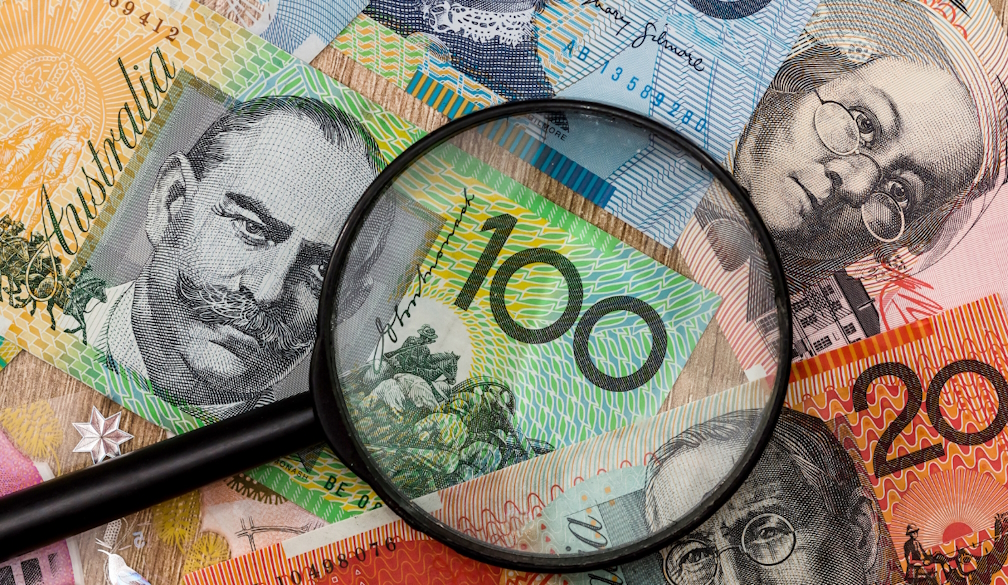Higher than expected inflation report dashes hopes for further RBA rate cuts
- Written by Stella Huangfu, Associate Professor, School of Economics, University of Sydney

Inflation jumped 1.3% in the September quarter, above economists’ and the Reserve Bank’s own expectations. That is likely to rule out a cut in interest rates next week.
The Australian Bureau of Statistics today released the consumer price index (CPI)[1], showing headline inflation was almost double the 0.7% increase recorded in the June quarter.
Over the year to September, consumer prices climbed 3.2%, a big increase from 2.1% in the previous quarter, and above the top end of the central bank’s target.
The consumer price index was the last major piece of data before the Reserve Bank meeting on Melbourne Cup day.
The trimmed mean — the Reserve Bank’s preferred measure of underlying inflation[2] — rose 3.0% over the year, only slightly below the headline rate. That suggests price pressures remain broad-based and persistent.
Housing and energy lead the rise
The main driver of the September-quarter increase was housing, with the sharpest rise in property rates and charges in more than a decade. These jumped 6.3% — the biggest quarterly rise since 2014 — as councils across all capital cities lifted general rates, waste levies and other local charges.
Electricity prices also rose sharply, up 9.0%, driven by annual price reviews and the timing of Commonwealth Energy Bill Relief Fund rebates, the Bureau of Statistics said.
Beyond housing, travel costs added further pressure. Domestic holiday travel and accommodation rose 3.2%, pushed up by strong school holiday demand, while international travel increased 2.7% amid continued appetite for overseas trips, particularly to Europe.
While rent inflation eased to 3.8% — the lowest since December 2022 — and insurance costs moderated sharply from last year’s double-digit increases, these declines were offset by renewed price pressures elsewhere.
Inflation proves harder to contain
The result came in well above the Reserve Bank’s earlier forecasts[3], confirming inflation remains more stubborn than policymakers anticipated.
Overall, today’s figures point to renewed upside risks for inflation and suggest that the path back to the 2–3% target band could take longer than the Reserve Bank had expected.
A reality check for the RBA
The Reserve Bank has already cut the cash rate three times this year[4] — in February, May and August — taking it from 4.35% to 3.6%. Those reductions were meant to ease pressure after a long period of higher interest rates.
But today’s figures serve as a reminder that the inflation challenge is far from over.
For the Reserve Bank, the path ahead may not be as smooth as hoped.
The RBA now faces conflicting signals: inflation remains at the high end of its target range, while the labour market continues to cool. Unemployment has edged up to 4.5%[5], job vacancies have fallen, and hiring intentions are easing. Household spending has eased slightly[6] but not collapsed.
With inflation still elevated, a rate cut in November looks highly unlikely.
What markets are saying
Before the CPI release, traders were still betting on another 25-basis-point cut by Christmas[7].
Those expectations have now evaporated. According to ASX futures data[8], markets are now pricing in an 85% chance of no change and only a 13% chance of a 25-basis-point cut on Tuesday, down sharply from around 50–60% before the inflation numbers were released.
Speaking at the Australian Business Economists annual dinner on Monday, RBA Governor Michele Bullock said the labour market remained “a little tight”, even after the recent rise in unemployment. Today’s stronger inflation result has reinforced that view, convincing investors that any further easing is now off the table for the rest of the year.
Westpac and NAB have pushed back their forecasts for another cut, with both banks expecting rate cuts to resume in mid-2026. When rate cuts do resume, most analysts expect a slow and cautious cycle.
A soft landing — but a bumpier path ahead
The economy is slowing but not stalling. Growth remains modest, held back by weak household spending and softer public demand, while business investment and exports continue to provide some support.
For now, Australia still appears close to the “soft landing” the RBA has been aiming for — where inflation cools without a sharp rise in unemployment. But after today’s stronger-than-expected inflation data, keeping that balance may become more difficult in the months ahead.
The takeaway
The September-quarter CPI is a reminder that Australia’s inflation story isn’t over yet. Price growth has cooled from its peak, but remains stubborn in key areas such as housing and services.
With the labour market softening but still holding up, the RBA is expected to keep rates steady next week and take a cautious approach from here — waiting for clearer evidence that inflation is back under control before cutting further.
For households, rate relief is still on the horizon — just a little further away than many had hoped.
References
- ^ consumer price index (CPI) (www.abs.gov.au)
- ^ the Reserve Bank’s preferred measure of underlying inflation (www.rba.gov.au)
- ^ Reserve Bank’s earlier forecasts (www.rba.gov.au)
- ^ has already cut the cash rate three times this year (www.rba.gov.au)
- ^ Unemployment has edged up to 4.5% (www.abs.gov.au)
- ^ Household spending has eased slightly (www.abs.gov.au)
- ^ another 25-basis-point cut by Christmas (www.realestate.com.au)
- ^ According to ASX futures data (rba.isaacgross.net)














